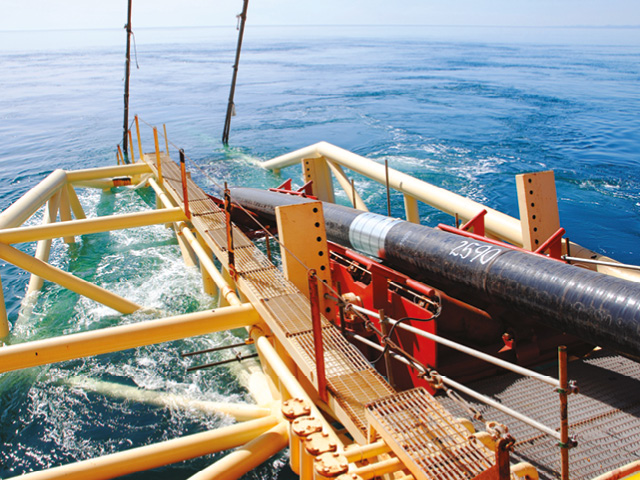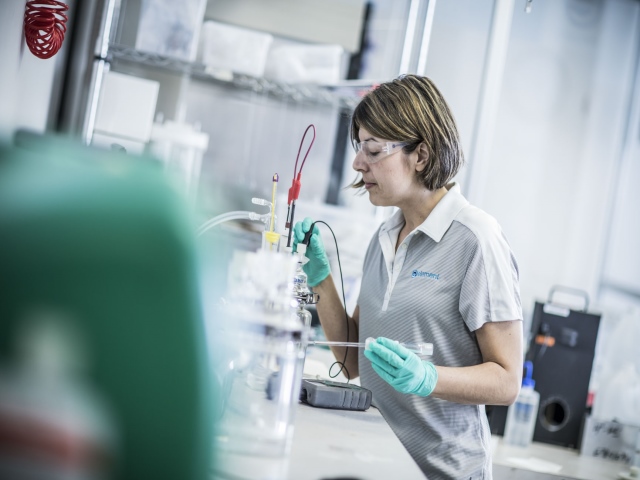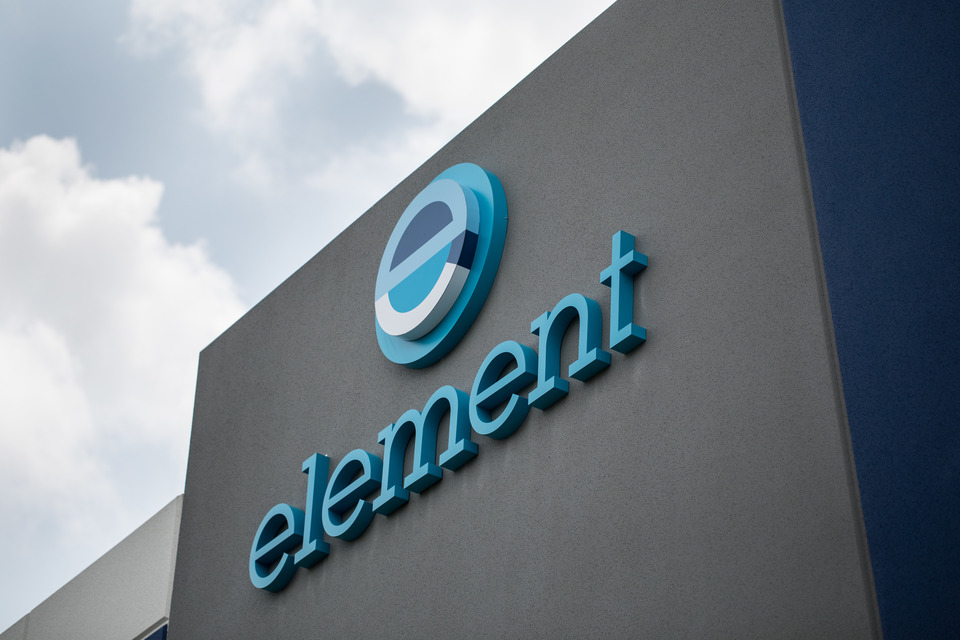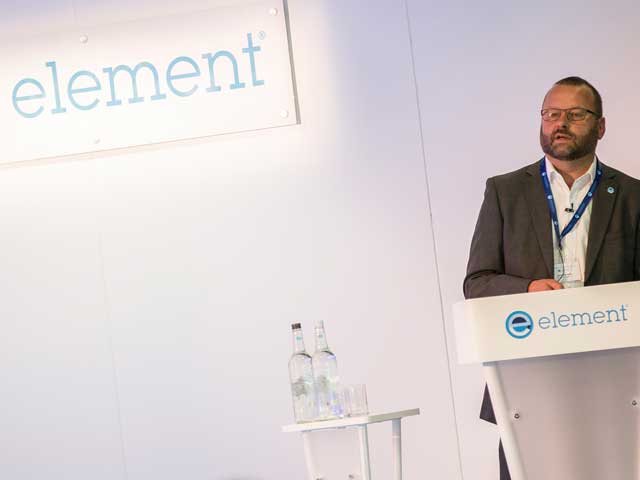Pitting and crevice corrosion can be challenging to detect and predict, so understanding the risk factors of corrosion and susceptibility of a material can help anticipate issues before they arise. Element offers pitting and corrosion testing for your stainless steel/alloys and metal products used in many industries, including乐动体育足球 ,乐动体育 ,Infrastructure,环境和工业。
If a material exhibits holes or gaps on its surface, pitting or crevice corrosion may be the culprit. Pitting corrosion is characterized by small holes, and crevice corrosion occurs where two materials meet.
Pitting can be one of the most dangerous types of corrosion. It isn't straightforward to anticipate, may occur very rapidly, and may only produce localized corrosion, with the vast majority of the surface remaining unaffected.
Pitting corrosion testing to ASTM G48 A, C and E test methods
元件performs pitting corrosion testing following ASTM G48 A at test temperature, typically up to 60°C. The test involves the exposure of the materials in a 6 wt % ferrite chloride solution for test durations of 72 hours (typically 24 hours). A variation of the ASTM G48-A test used for duplex stainless steels is the ASTM A923 method – C test.
Critical Pitting Temperature (CPT) is the technique used to determine the temperature at which the material produces pitting. In CPT, specimens are exposed for 72-hour periods to increase temperatures incrementally. The temperature is increased until pitting is observed, which is recorded as the Critical Pitting Temperature (CPT).
As an alternative to the G48 methods, the onset of pitting can be determined using the electrochemical test method described in ASTM150. In this method, the specimen is polarized, and the temperature of the solution increased until the CPT is detected.
缝隙腐蚀测试到ASTM G48 B,D和F试验方法
元件performs crevice corrosion testing in accordance with ASTM G48 B at the test temperature, typically up to 60°C. The test involves the exposure of the materials in a 6 wt % ferrite chloride solution for test durations of 72 hours (typically 24 hours).
The temperature at which crevices initiate can be determined using a Critical Crevice Temperature (CCT) test method. In ASTM G48, there are two test methods; one for stainless steel (method – D) and one for nickel alloys (method – F). Using CCT, specimens are exposed for 72 hour periods to increase temperatures incrementally until a crevice is observed.
我们深入了解行业标准和腐蚀检测计划,允许我们为您的材料提供最合适的测试方法。乐动娱乐官网选择正确的测试方法至关重要,可以首先实现正面测试结果,避免在项目时间表中昂贵的延迟,因此节省了您的时间和金钱。
Crevice corrosion ASTM G78 test method
元素提供了裂隙corrosion testing in accordance with ASTM G78 at the test temperature, typically up to 60°C. The test involves the application of castellated washers (MCAs) to the surface of the specimen, usually with 20 contact points on each washer in a chloride-containing environment (seawater) for a test duration of up to 30 hours (typically 24 hours). At the end of the test period, the specimens are examined for evidence of crevice corrosion.
蚀与缝隙腐蚀的评估
元素的腐蚀实验室使用ASTM G46在评估点和缝隙腐蚀中。还可以使用更详细的评估Electron Scanning Microscopy.
The Element advantage
With state-of-the-art facilities and access to a global network of expertise, Element's materials testing and corrosion labs provide many different test methods for testing pitting and crevice corrosion in the USA, Europe, Middle East, Asia, and Africa. For more information about how we perform pitting and crevice corrosion testing, or to request a quote,今天联系我们。Other Energy Services
making certain for nearly 190 years
更多来自元素

services
Corrosion Testing
元件’s corrosion testing laboratories provide complete corrosion testing services to many industries, including salt spray, cyclic corrosion, pitting testing, and more.
Read More

SERVICES
Electrochemical Corrosion Testing
元件提供了使用电化学阻抗光谱,循环电位动力学偏振测量和电流腐蚀测量的电化学腐蚀测试。
阅读更多

地点
Local laboratories, global platform
与我们的一个实验室进行业务使我们的客户能够访问我们的全球专业知识平台,容量和能力。
阅读更多

资源
乐动LOL
Discover blog posts, articles, white papers, webinars, and advice from our world-leading testing, inspection, and certification experts.
Read More




